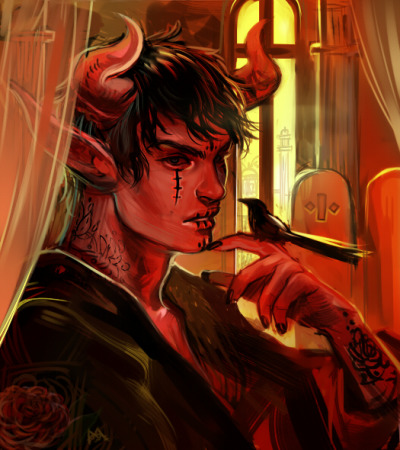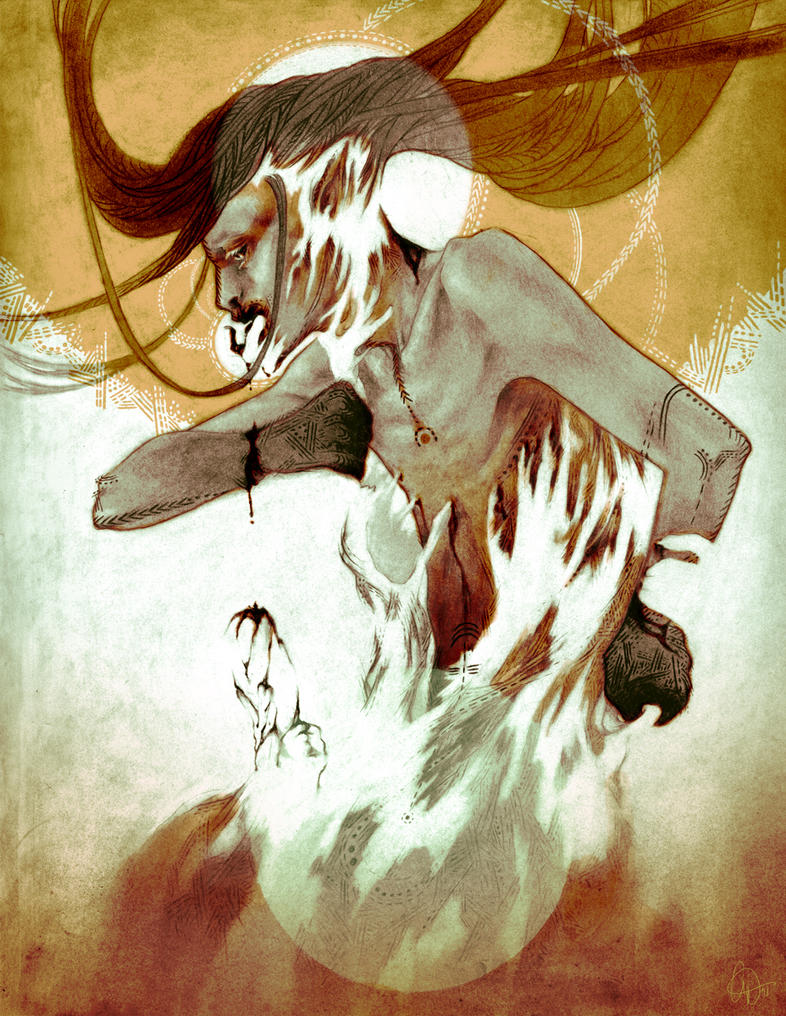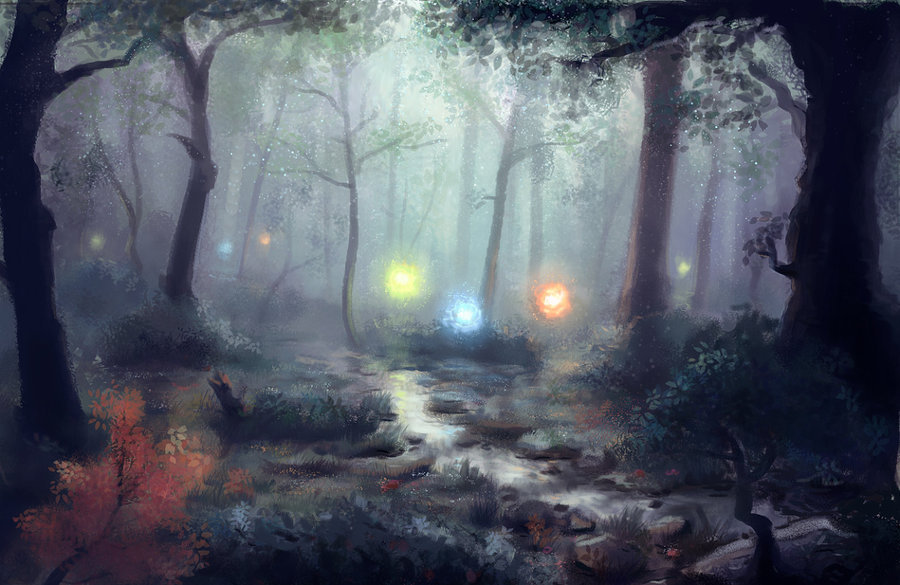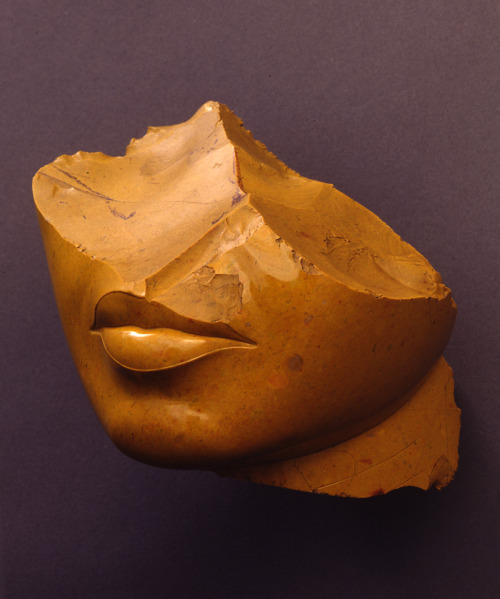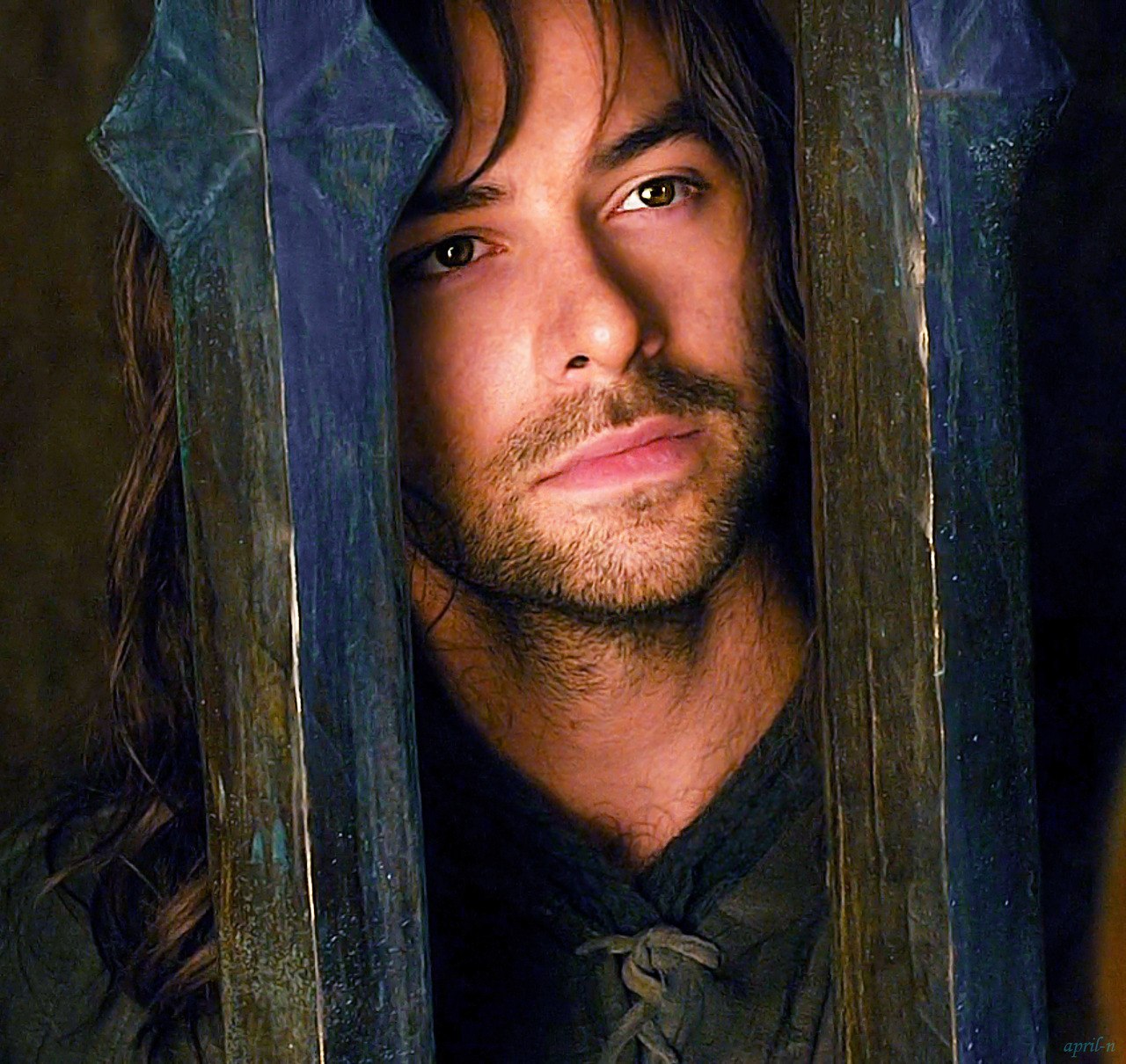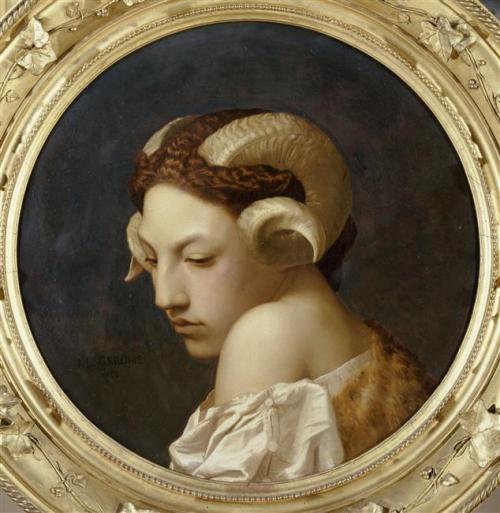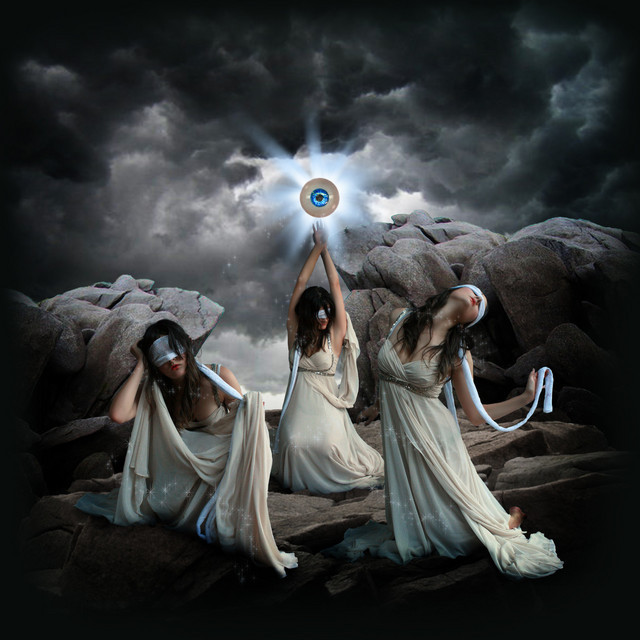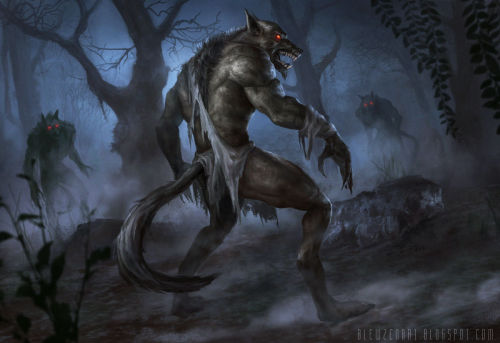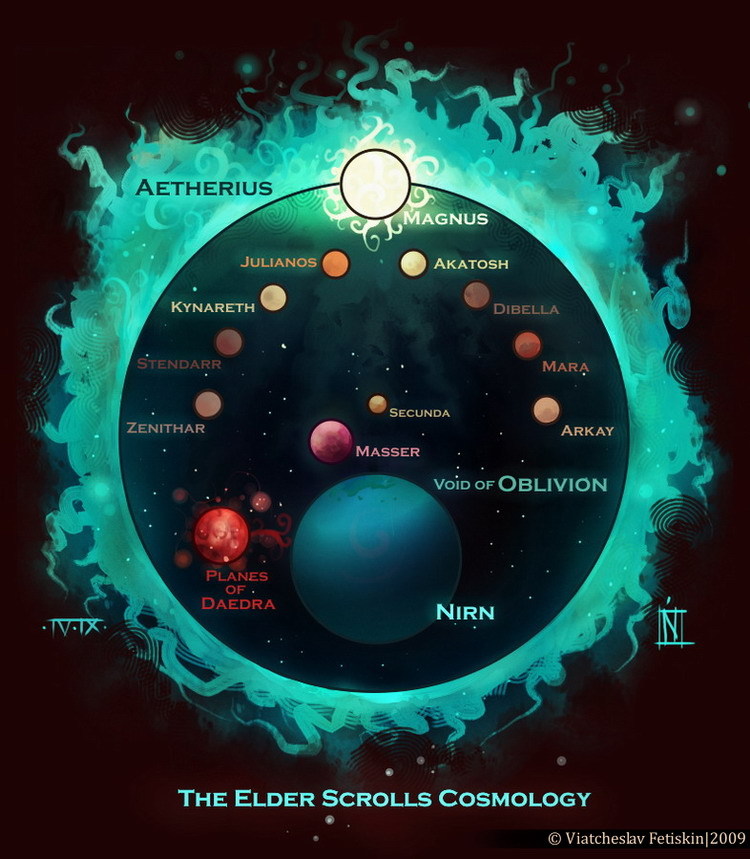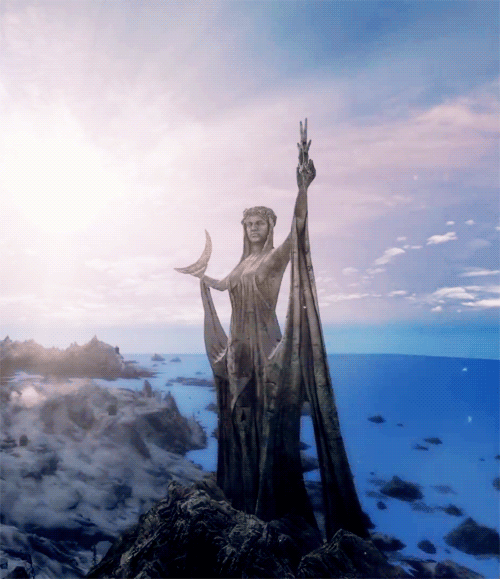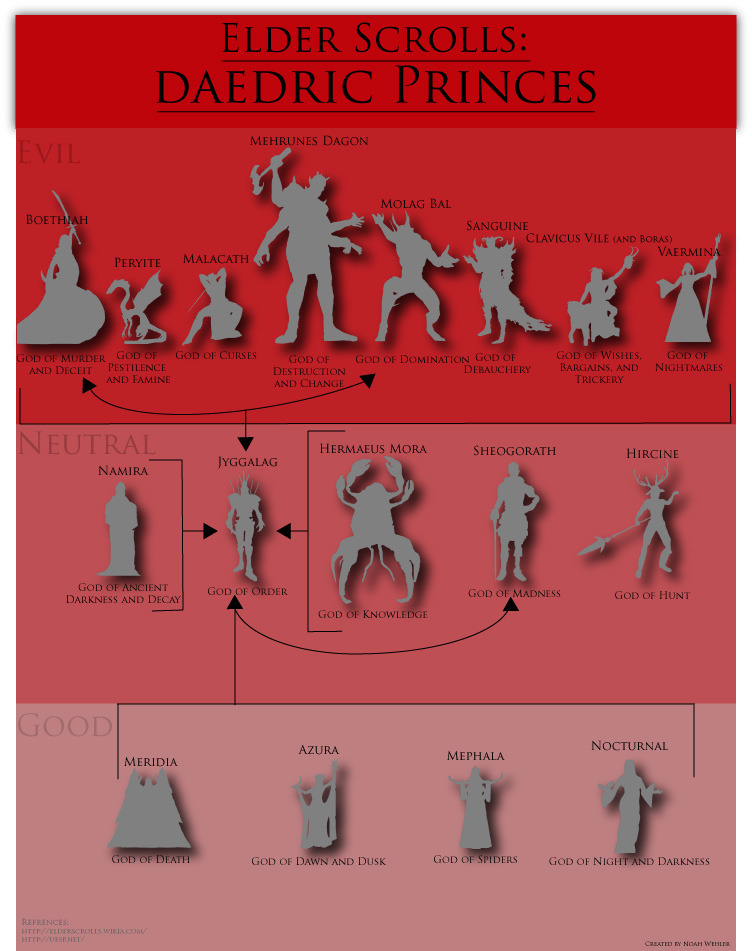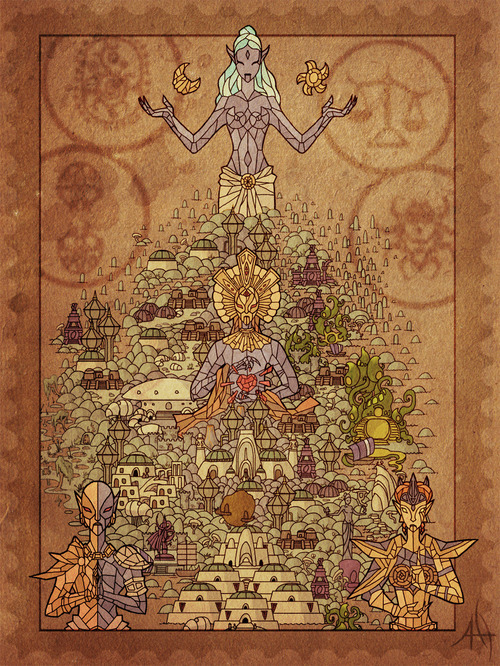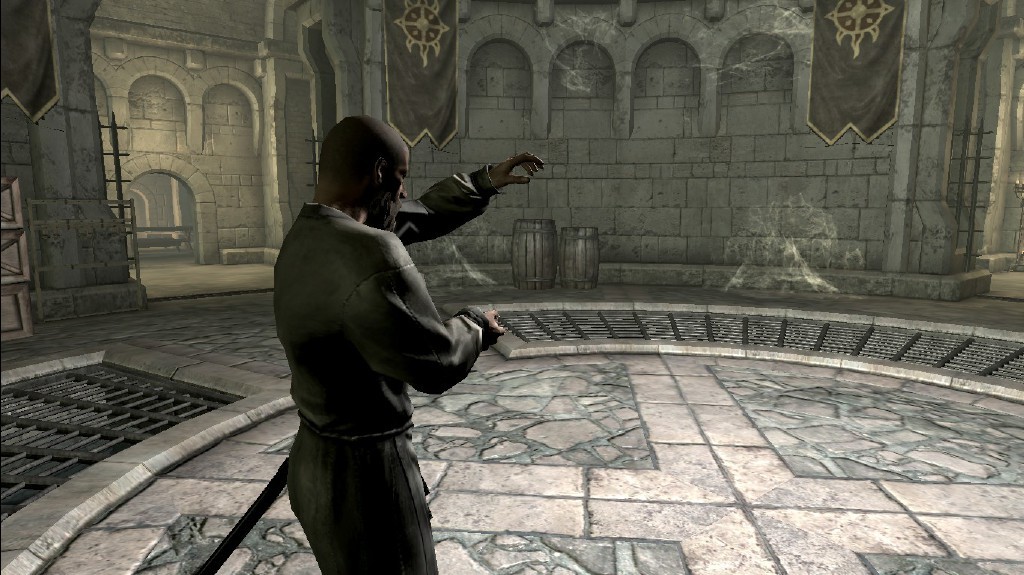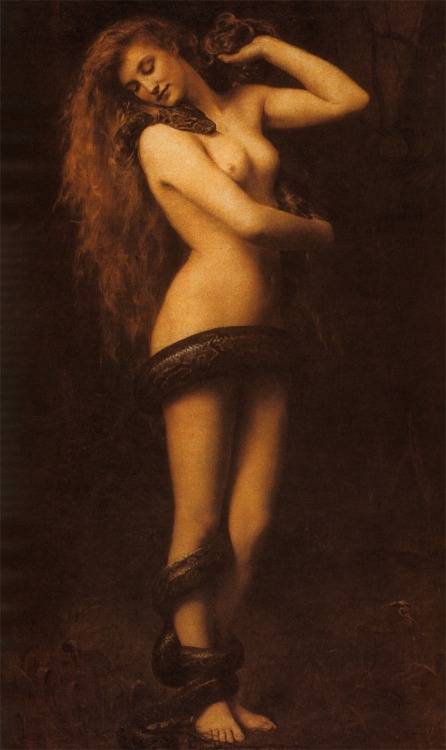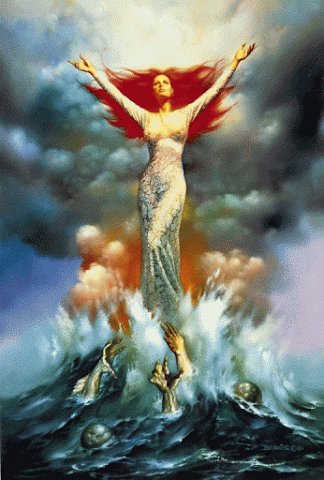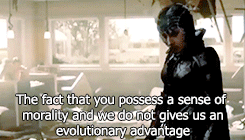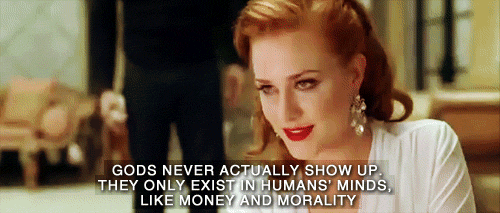Defined by their Sensing and Judging qualities, Sentinel types are defined by their pragmatism and their ability to devote themselves to the causes they consider to be worthy of their sponsor. They are excellent planners and managers, both of resources and of people, and excel in all things measurable or anything which concerns concrete facts. This is not to preclude artistic or poetic drives, only that those drives will often be defined by their groundedness.
The four types for discussion in this entry, and the creatures I have matched them with are as follows: ESFJs (Erinyes), ESTJs (Dragons), ISFJs (Valkyries) and ISTJs (Vampires).
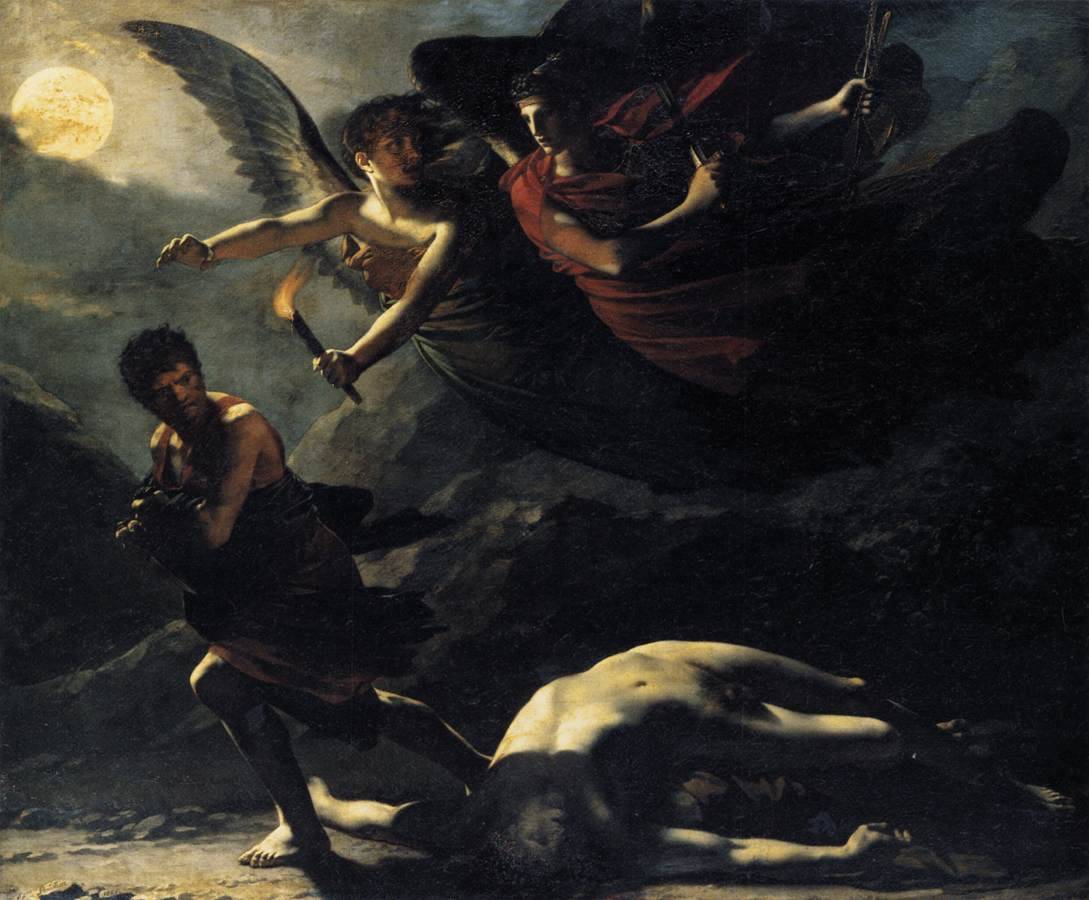 |
| Image posted by Victorious Vocbulary |
ESFJs (The Provider) - Erinyes
Within the extensive and complicated mythologies of Classical Greece, the Erinyes, whose name apparently translates as avengers of perjury, were deities of vengeance who existed to punish those who did wrong, most notably those who broke their oaths. Erinyes are more commonly known as the Furies and according to some sources, they are more ancient than any of the Olympian Gods (by which we mean Zeus and his "merry" household).
ESFJ most accurately aligns with the Erinyes due to this type's love of loyalty. Providers want what is best for those around them and this can only be reached if everyone practices a fierce kind of loyalty. ESFJs seek to promote overall benefit for everyone and, though the Furies are fearsome and a curse upon those they are seeking, in providing an incentive for loyalty and companionship they (and their legacy) encourage honesty and comradeship, which allow peace for all to enjoy. Furthermore, Providers, like the Erinyes, take their duties with the utmost seriousness, devoting themselves to the benefit of those around them. Erinyes are single-minded when it comes to their task, unflinchingly dedicated. While this supernatural devotion is not exactly matched by the ESFJ, they are very passionate and focused individuals. That the Provider retains a keen eye on social status further reflects the way in which the Erinyes exist to deal with contractual (often social) problems.
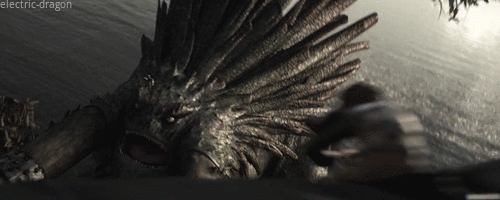 |
| Image posted by Electric-Dragon |
ESTJ (The Enforcer) - Dragons
I should not have to tell anyone what a Dragon is, so I am not going to do so.
Enforcers are representative of tradition and order within the MBTI network of personalities, they are exceptionally capable to understand social traditions and ideals and then employ them in such a way to sway other individuals and unite them, often under the banner of the ESTJ. Likewise, Dragons are depicted almost always, as being among the most ancient of beings, whose very lives are tied to a world forgotten, yet whose existence is important, if not integral, to the functioning of the world. In much the same way, ESTJs seek to enable the persistence of certain aspects of human existence through maintaining, sometimes singlehandedly, the structures which have enabled society and human interaction to endure for as long as they have. It helps that Enforcers are excellent organisers of people, as are Dragons who are often depicted has having lived in sprawling empires eons before humanity, or something comparable, came onto the scene.
In a more metaliterary manner, we can see Dragons as a stabilising presence within the fantasy genre, for depictions of them have extended back into history unknown and there are still novels and films and all manner of other media being produced today which makes full use of this ancient archetype.
 |
| Image posted by Fairy Univserse |
ISFJ (The Protector) - Valkyries
Within Norse mythology, the Valkyries were the "choosers of the slain" a group of female entities whose role was to determine who would live and die in combat, as well as to collect the souls of fallen warriors who they deemed worthy and deliver them to Valhalla, where they would train for Ragnarok, the great battle which would remake the world.
Valkyries exist to support the Gods and ensure that they have the greatest chances when the dreaded battle finally arrives and likewise ISFJs are "all about" sharing their time, energy and compassion in order to support other people, especially if those other people are united with them in a cause they believe in. Protectors are, furthermore, loyal and enthusiastic, as are the Valkyries, who are entirely devoted to their assigned tasked. ISJFs are practically oriented and can handle themselves in practical tasks more often than not, which is reflected in the Valkyries who are masterful combatants, their very existence is, after all, devoted to combat. Even in basic namesake, Valkyries are protectors. Without them, the Norse Gods would lack the army they require to defend themselves and creation in the great battle. They are the first and last line of defence.
 |
| Imaged posted by Vlad Rodrigeuz |
ISTJ (The Guardian) - Vampires
ISTJs are calm, pragmatic individuals who, though they are more than capable of experiencing strong emotions, are able to keep themselves under control in most situations. This is comparable to the Vampiric coolness with which these creatures are often portrayed. Traditional depictions consider Vampires to be aristocratic and collected individuals who are so terrifying due to their never being concerned. After all, when one is immortal and able to overpower any human opponent, what does one have to fear?
Guardians often excel in multiple areas at once, making them jack-of-all-trades. Vampires are so wide and varied in terms of their portrayal and given so many different abilities and skills that the very idea of a Vampire fits into this idea. Furthermore, guardians are restricted by their own set of rules, much like Vampires are confined by the limitations of their condition, be they whatever they are, forced to live off human blood and remain inside during the day being the two most iconic.
This concludes the third entry. In the final part, I will discuss the Diplomat personalities: ENFJ (Dryads), ENFP (Fae), INFJ (Angels), INFP (Muses).
Thanks for reading!
